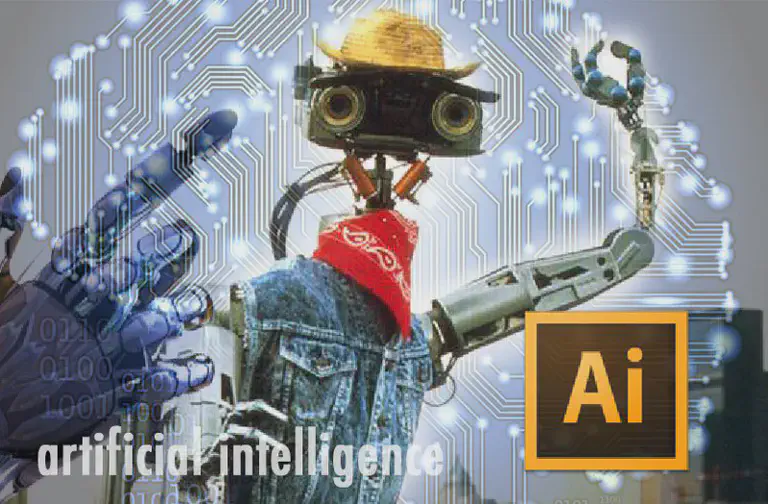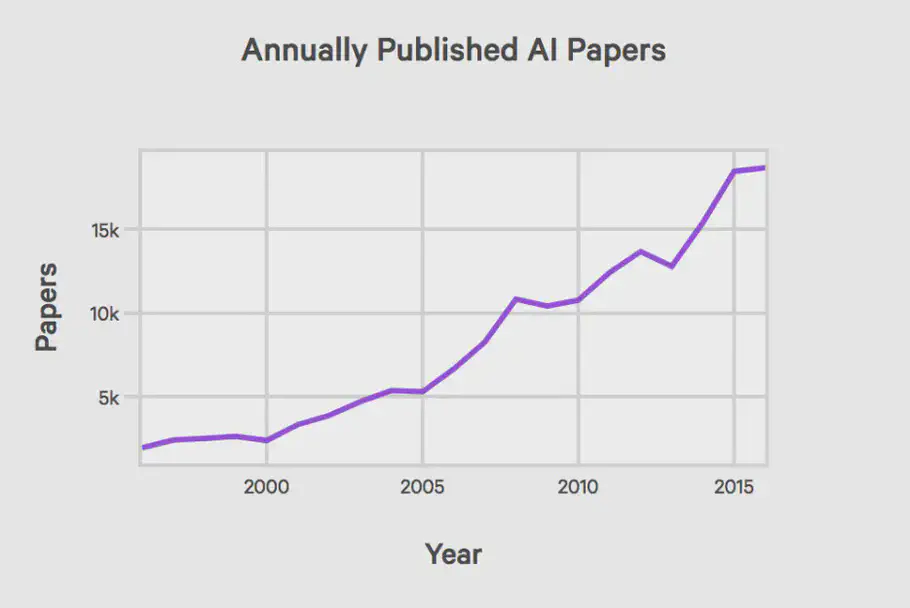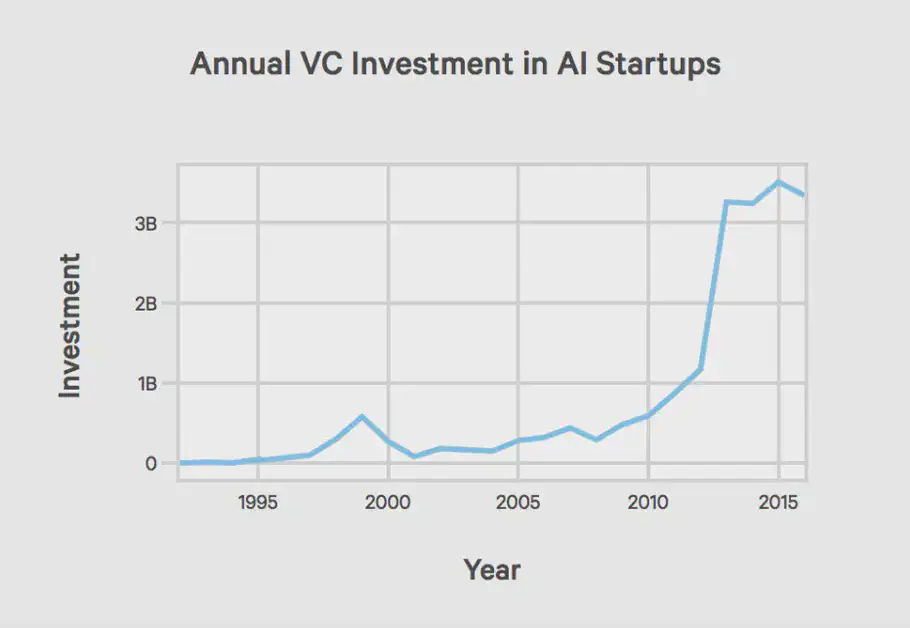We believe that artificial intelligence (AI) and machine learning (ML) are among the technologies that will have the greatest impact on our daily life in the near future.
There’s been amazing progress coming from research in the last couple of years. A recent showcase of the capabilities of deep learning is NVIDIA’s new video-to-video architecture which can generate photorealistic video from edge drawings or body poses.
NVIDIA generates synthetic video from feature maps with deep learning
Soon, we could be able to generate entirely new content for digital media using simple sketches. This enables new ways of working by collaboration between humans providing creative input and computers producing useful content.
The field is moving quickly
As new and exciting results are coming out in deep learning, the interest in AI has grown immensely, both in industry and the public eye.
This has triggered a boom in knowledge being generated in the field and commercial use of deep learning technologies has become a target for exploration.
Both knowledge and investment in AI is rapidly growing (Source: AI Index)
It seems that each month, new solutions are being discovered by researchers to enable bigger and bolder solutions to difficult problems - powered by AI. The number of annually published research papers about AI has grown by 900% since 1996 and VC investments in US AI startups have grown by 600% since 2000.
Due to this rapid evolution, AI and machine learning has also gained the interest of the traditional news media. Their opinions are widespread: Some negative, some positive, and some claiming the robots are coming to eat us.
There is a lot to be excited about, but it seems like there are also many misconceptions about what artificial intelligence is in the real world, and what it can actually do.
Misunderstood, yet super useful
The idea of a general artificial intelligence which can think and reason is still a pie in the sky and is today mostly a theoretical construct to think about.

Borrowed from Adam Geitgey’s hilarious article on “awful AI stock photos”
When we talk about AI in a practical context, we are referring to artificial neural networks and machine learning. These are subsets of AI, but practically, they can be thought of as a way of building large statistical models which can detect patterns in data by “learning” from examples.
This approach helps solve problems that were previously very difficult, such as predicting when machines break down based on their behaviour, classification of email topics so they can automatically be forwarded to the right person, or understanding the content of images and sound for surveillance or analytics.
For businesses, AI adds value in supporting employees make data-driven decisions, automating difficult tasks and improving customer experience.
AI will also be a great asset to our society, such as in healthcare where machine learning systems are already being deployed to improve cancer detection and predicting the likelihood of a citizen acutely needing medical assistance so that preemptive action can be taken.
Taking responsibility
We started neurospace because we believe AI and machine learning is super useful, and we want to play a part in bringing it to good use in the real world.
To us, this requires bridging the knowledge gap between research and the practical, commercial use of machine learning. This is why we recommend starting with our AI Camp: a camp where we find the opportunities for your business to apply AI, what is required of you, what you can expect, and a pilot project which would show how your business can gain value from machine learning.
// Maria Hvid, Machine Learning Engineer @ neurospace



